Disclosure: This article contains affiliate links. We may earn a commission from purchases at no extra cost to you, which helps our travel content.
I've always believed that understanding a culture begins at the dinner table. After years of corporate burnout and staring at screens, I've found that nothing resets my perspective quite like experiencing how different parts of the world approach something as fundamental as food. That's why I designed this two-week journey contrasting two dramatically different European culinary landscapes: the sun-drenched Mediterranean paradise of Santorini and the rich, hearty traditions of Krakow. These destinations sit at opposite ends of Europe's culinary spectrum, offering a perfect yin-yang food adventure that showcases how geography, history, and climate shape what ends up on our plates. Whether you're celebrating an anniversary or simply looking to expand your palate alongside someone special, this itinerary balances white-washed Aegean vistas with Gothic architecture, fresh seafood with hearty meat stews, and volcanic wines with craft vodkas. Pack your stretchiest pants—this is going to be delicious.
Santorini: Where the Mediterranean Meets the Sky
Landing in Santorini feels like stepping into a postcard. The whitewashed buildings cascading down volcanic cliffs create that iconic backdrop you've seen a thousand times online—yet nothing prepares you for experiencing it firsthand. But beyond the views, Santorini's cuisine offers something equally spectacular: a masterclass in Mediterranean simplicity.
The island's volcanic soil creates growing conditions that produce some of the most intensely flavored ingredients I've ever tasted. The cherry tomatoes here are sweeter, the capers more aromatic, and the white eggplant creamier than their counterparts elsewhere. These ingredients form the backbone of Santorini's cuisine, alongside the freshest seafood pulled from the Aegean waters.
Start your culinary journey in Amoudi Bay, where seaside tavernas like Dimitris serve octopus that was literally hanging to tenderize when you walked in. The preparation is minimal—grilled over charcoal, dressed with local olive oil, lemon, and oregano—but the flavor is transformative. This is food that doesn't need to shout because its quality speaks volumes.
For a truly special experience, book a sunset wine tasting at Domaine Sigalas. Santorini's Assyrtiko grape produces wines with remarkable minerality, thanks to that same volcanic terroir. Sitting among the vines as the sun melts into the Aegean, sampling wines paired with local cheeses and those impossibly sweet tomatoes—it's a sensory experience that will stay with you long after you've returned home.
Don't miss Metaxi Mas in Exo Gonia, a taverna beloved by locals. Their fava (yellow split pea purée) topped with capers and red onions is deceptively simple but showcases why Greek cuisine excels at elevating humble ingredients. Pair it with their slow-cooked lamb with thyme honey for a meal that perfectly balances savory and sweet notes.
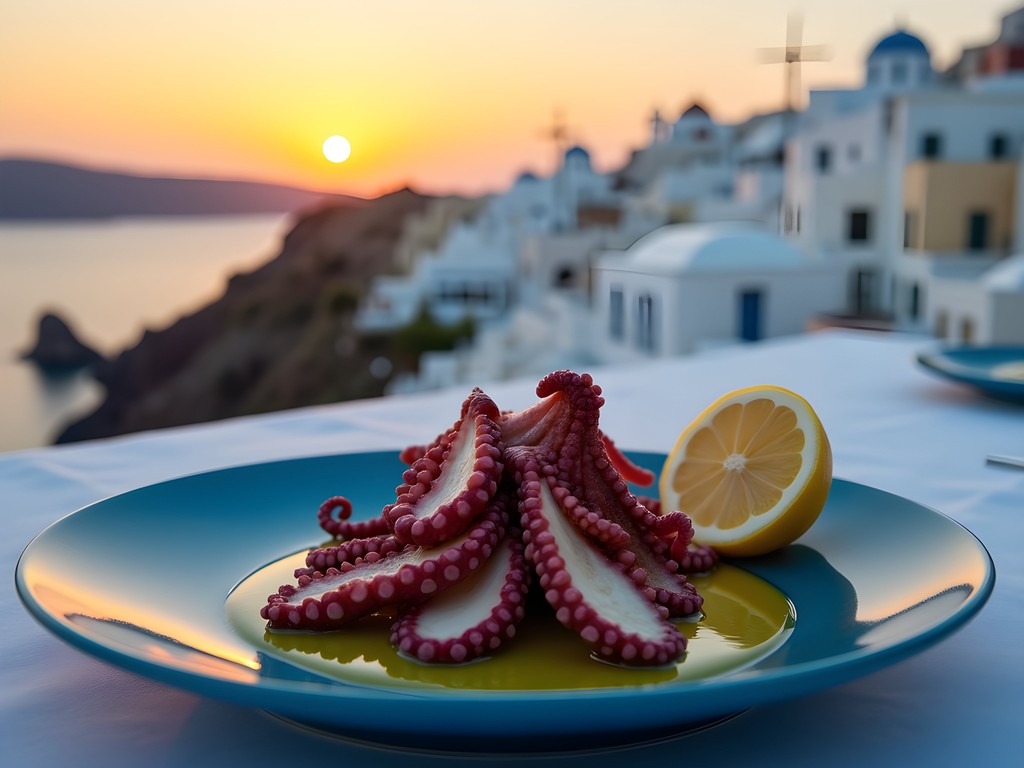
💡 Pro Tips
- For the best sunset views while dining, book restaurants in Oia at least 3 weeks in advance during summer
- Visit the Santorini tomato industrial museum to understand why the island's tomatoes are uniquely delicious
- Always ask for the catch of the day rather than ordering from the menu at seafood restaurants
Navigating Santorini's Food Scene Like a Local
While Santorini dazzles with its views, it can also overwhelm with tourist traps charging premium prices for mediocre food with a million-dollar view. After three days of exploration, I discovered that the real culinary gems hide in plain sight, often just a street or two away from the main pedestrian pathways.
Start your mornings like the Greeks do—with a strong freddo espresso (iced espresso with a foam cap) and a traditional bougatsa pastry filled with semolina custard. My favorite spot became Svoronos Bakery in Fira, where I'd grab breakfast and chat with the owner about which local festival or celebration might be happening that evening.
For lunch, embrace the Greek tradition of mezedes—small plates meant for sharing. This approach lets you sample more dishes without committing to full portions. The mezedopolio (meze restaurant) Raki in Megalochori serves exceptional dips like taramasalata (fish roe spread) and melitzanosalata (smoky eggplant) alongside grilled halloumi cheese and dolmades (stuffed vine leaves).
When planning dinner, remember this crucial tip: most Greeks don't eat until at least 9 pm, so restaurants that serve earlier are likely catering primarily to tourists. For an authentic experience, adjust your schedule and dine later. You'll find yourself surrounded by locals and enjoying much better food.
During our stay, my travel water bottle proved invaluable. Santorini's tap water isn't recommended for drinking, and the Mediterranean heat makes staying hydrated essential. This bottle's self-cleaning UV technology meant I could refill at our hotel and avoid contributing to the island's plastic waste problem while exploring.
Finally, don't miss Santorini's unique agricultural products beyond wine. The island produces exceptional pistachios, fava beans, and white eggplants. The farmers' market in Fira (Wednesday mornings) is perfect for sampling these local specialties and picking up edible souvenirs to take home.
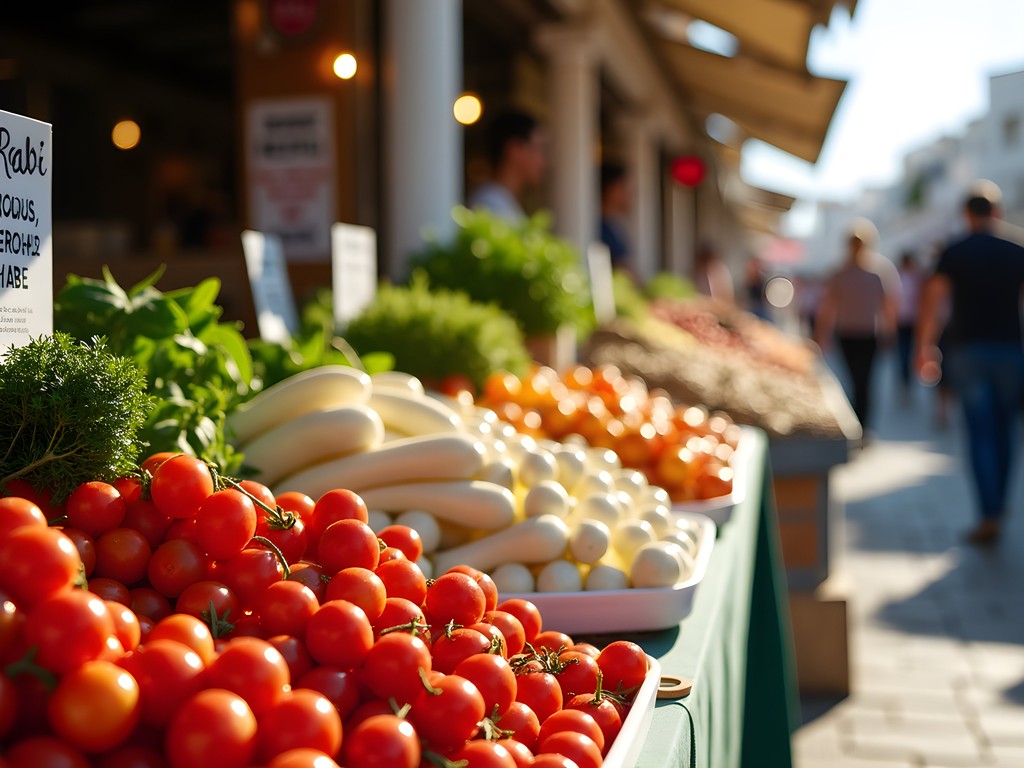
💡 Pro Tips
- Book accommodations with kitchenettes to prepare simple meals with incredible local produce
- Look for restaurants full of Greek customers and menus written in Greek first, then English
- Visit the less touristy villages of Megalochori and Pyrgos for more authentic and affordable dining experiences
Krakow: Hearty Soul of Eastern Europe
Flying from Santorini to Krakow creates culinary whiplash in the best possible way. Where Santorini's cuisine is built on sun-ripened produce and seafood, Krakow embraces the heartiness needed for harsh Polish winters. The contrasts couldn't be more striking or more delicious.
Krakow's Old Town, with its magnificent medieval square, provides the perfect backdrop for diving into Polish cuisine. This is a food culture that understands comfort at a profound level—dishes designed to fortify both body and spirit through long, cold months.
Begin your exploration at the Stary Kleparz market, where locals have shopped for over 800 years. The sensory experience here couldn't be more different from Santorini's markets: instead of bright tomatoes and herbs, you'll find mountains of mushrooms, preserves, smoked meats, and an astounding variety of pickled vegetables. This preservation tradition speaks volumes about Poland's agricultural history and the necessity of extending harvest bounty through winter months.
Zurek, a fermented rye soup with sausage and hard-boiled eggs, perfectly exemplifies this approach. At Bar Mleczny Tomasza, a modern take on Poland's communist-era "milk bars" (cafeterias serving affordable traditional food), I had a zurek so tangy and complex it forever changed my understanding of soup. These milk bars offer authentic Polish cuisine at remarkably reasonable prices—a welcome contrast to Santorini's often inflated costs.
No culinary tour of Krakow would be complete without pierogi, Poland's beloved dumplings. Skip the tourist-oriented restaurants and head to Przystanek Pierogarnia, where these pockets of dough come stuffed with everything from the traditional (potato and cheese, sauerkraut and mushroom) to the innovative (duck and apple, chocolate and strawberry). The contrast between a plate of these hearty dumplings and the delicate seafood of Santorini couldn't be more pronounced.
For dinner, Starka Restaurant serves game meats and traditional dishes elevated with contemporary techniques. Their venison with juniper berry sauce and roasted root vegetables paired with a glass of wiśniówka (cherry vodka) creates a meal that embodies the Polish forest. After days of light Mediterranean fare, the richness and depth of these flavors feel like a warm embrace.
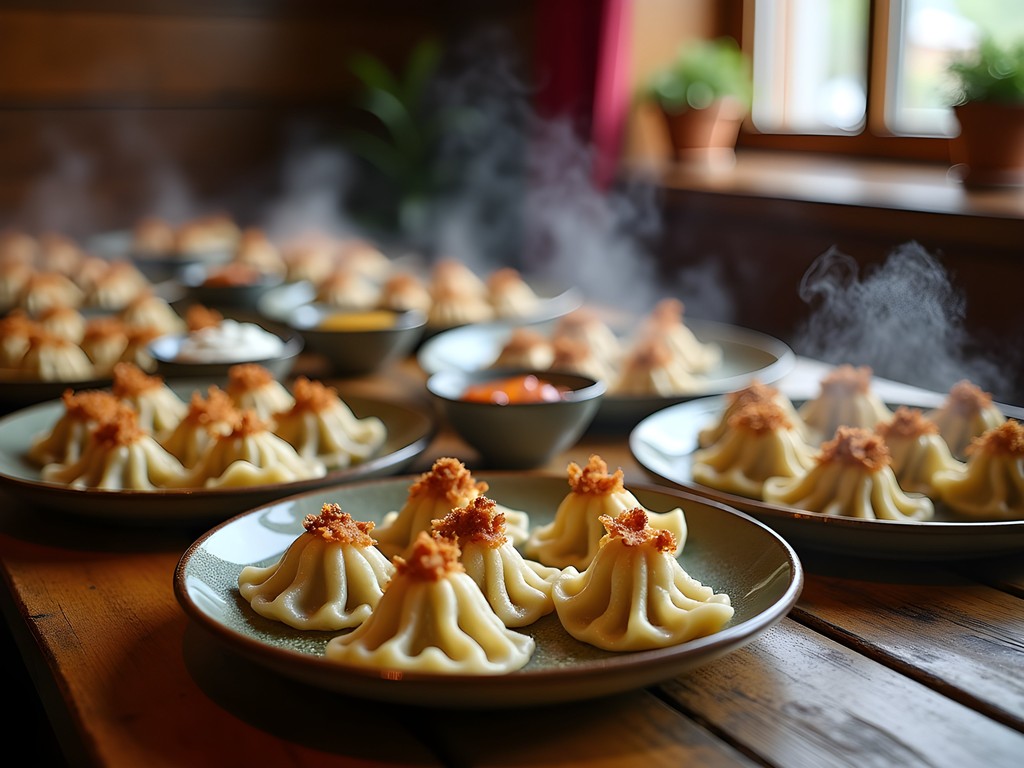
💡 Pro Tips
- Try at least one milk bar (bar mleczny) for authentic, budget-friendly Polish cuisine
- Look for restaurants serving 'Obiad' (Polish lunch) specials between 12-4pm for great value
- Don't miss the weekend food market at Plac Nowy in the Jewish quarter for street food specialties
The Vodka Revolution: Krakow's Liquid Culture
If Santorini celebrates its winemaking tradition, Krakow elevates vodka to an art form. Forget everything you think you know about this spirit—Polish vodka culture bears little resemblance to college shot-taking or flavorless mixers. Here, vodka is savored, respected, and produced with the same care that French vintners devote to fine wine.
My education began at Wodka Cafe Bar, a tiny establishment with over 100 varieties of Polish vodka. The proprietor, noting my American accent, smiled knowingly and suggested we start with a tasting flight of traditional flavored vodkas: Żubrówka (bison grass), Wiśniówka (cherry), Pigwówka (quince), and Orzechówka (walnut). Each came in a chilled shot glass with appropriate food pairings—pickles, dark bread, and smoked cheese—that transform the experience from mere alcohol consumption to a sophisticated culinary ritual.
"In Poland, we never drink vodka without food," he explained. "This is why Americans think vodka only burns. With the right zakąski (snacks), the spirit opens up completely different flavors."
He was right. The Żubrówka, with its distinctive blade of bison grass in each bottle, revealed notes of vanilla, coconut, and almond when paired with a slice of apple—nothing like any vodka I'd tried before.
For a deeper understanding, I booked a tour at the Kraków Vodka Museum, where centuries of Polish vodka history come alive through interactive exhibits. Learning about the grain-to-glass process gave me new appreciation for this misunderstood spirit.
To capture these experiences, I relied on my compact camera which performed beautifully in the low-light conditions of Polish bars and restaurants without disturbing other patrons with a flash. The fast lens and excellent image stabilization meant I could document these culinary adventures without compromising the intimate atmosphere.
The most surprising discovery? Polish craft vodka distilleries are experiencing a renaissance similar to America's craft beer movement, with small producers creating terroir-driven spirits that reflect regional ingredients and traditions. Distilleries like Kozuba & Sons are leading this charge, creating vodkas that challenge everything I thought I knew about this versatile spirit.
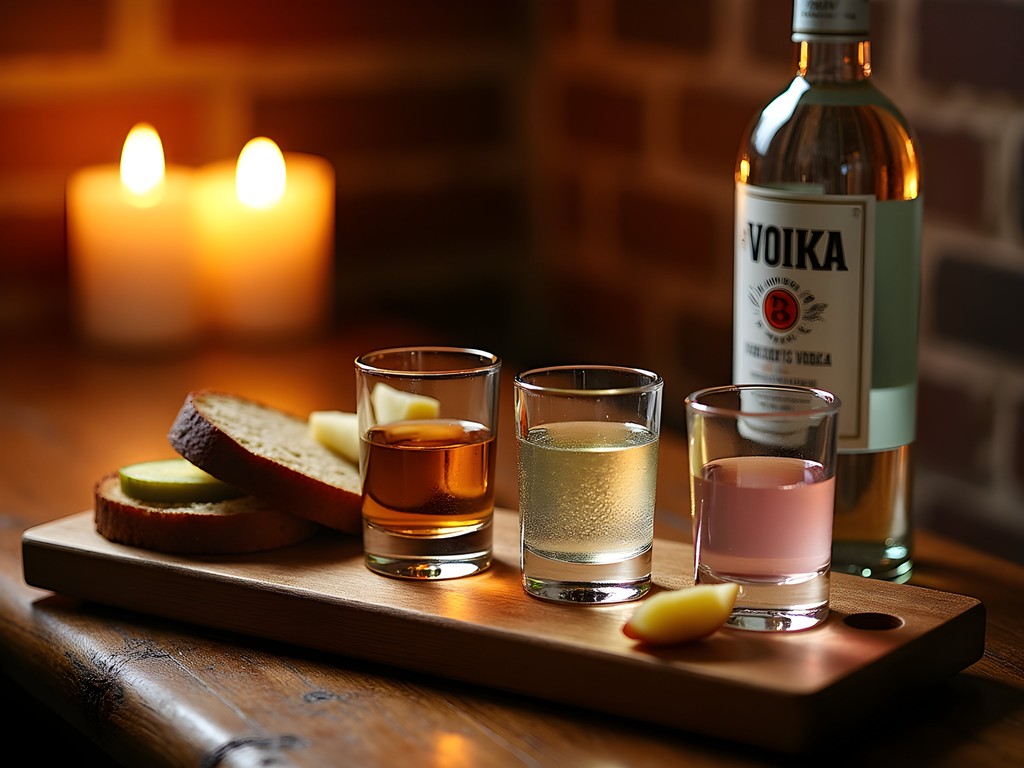
💡 Pro Tips
- Always sip vodka slowly at room temperature to appreciate the subtle flavors
- Ask for recommendations of food pairings specific to each type of vodka you try
- Look for vodkas made from different base ingredients (potato, rye, wheat) to understand how they affect flavor
Bridging Culinary Worlds: Cooking Classes and Food Souvenirs
One of my favorite ways to bring travel experiences home is through cooking classes and carefully selected food souvenirs. Both Santorini and Krakow offer exceptional opportunities to deepen your culinary understanding beyond restaurant meals.
In Santorini, I spent a magical afternoon at Petra Kouzina, where classes take place in a traditional cave house in Megalochori. Our instructor, Sophia, began by explaining how Santorini's unique ecosystem—volcanic soil, minimal rainfall, strong winds—creates intensely flavored ingredients that require minimal intervention. We prepared tomato fritters (tomatokeftedes) using the island's sweet cherry tomatoes, learned the proper technique for Greek salad (hint: no lettuce, ever), and mastered moussaka made with local white eggplants.
The class included a visit to a small family winery, where we tasted assyrtiko paired with our creations. Sophia explained that Santorini's grape vines are trained into distinctive basket shapes called "kouloura" to protect the grapes from harsh winds and maximize morning dew absorption—a cultivation method found nowhere else in the world.
In Krakow, my cooking experience at Culinary Krakow offered a perfect counterpoint. In a pre-war apartment with high ceilings and parquet floors, we learned to make pierogi from scratch. The meditative process of rolling dough, filling, and crimping these dumplings provided insights into Polish home cooking traditions that no restaurant meal could offer.
Our instructor, Marek, explained how Polish cuisine reflects the country's complicated history—incorporating influences from Jewish, Russian, German, and even Turkish traditions. We prepared barszcz (beetroot soup), gołąbki (cabbage rolls), and compote from seasonal fruits while discussing how these recipes evolved through centuries of political upheaval.
For capturing these cooking experiences, my travel tripod proved invaluable. Small enough to fit in my day pack but sturdy enough to hold my camera for group shots and food preparation videos, it helped me document these classes without missing out on the hands-on experience.
Both classes included shopping trips to local markets, providing guidance on selecting authentic ingredients to bring home. From Santorini, I packed vacuum-sealed fava beans, capers preserved in sea salt, and saffron-infused honey. From Krakow, my suitcase gained smoked oscypek cheese (which passed customs inspection!), dried porcini mushrooms, and a selection of spice blends for traditional Polish stews.

💡 Pro Tips
- Book cooking classes for the beginning of your stay so you can apply what you learn when ordering in restaurants later
- Ask cooking instructors for their favorite local food shops for authentic souvenirs
- Check customs regulations before bringing food items home—hard cheeses and dried herbs are usually safest
Final Thoughts
This two-week journey from Santorini's sun-drenched simplicity to Krakow's hearty complexity offers more than just a contrast in flavors—it's a lesson in how deeply food connects to landscape, history, and cultural identity. The Mediterranean diet, with its emphasis on fresh produce, seafood, and olive oil, evolved in Santorini's volcanic microclimate where ingredients need little embellishment. Meanwhile, Poland's continental climate and turbulent history shaped a cuisine that preserves summer's bounty for harsh winters and finds comfort in rich, sustaining dishes. By experiencing these culinary extremes back-to-back, you'll gain insights that separate dining from truly eating. So pack your appetite, an open mind, and perhaps some stretchy pants—this culinary contrast tour will transform not just how you eat on vacation, but how you think about food long after you return home.
✨ Key Takeaways
- Book local cooking classes early in your trip to better understand and appreciate each region's cuisine
- Balance famous restaurants with humble local establishments for the most authentic food experiences
- The dramatic contrast between Mediterranean and Eastern European cuisines offers unique insights into how geography and history shape food traditions
📋 Practical Information
Best Time to Visit
Late May to early June or September for pleasant weather and fewer crowds in both destinations
Budget Estimate
$3,000-4,500 per couple for 2 weeks (excluding flights)
Recommended Duration
5-6 days in Santorini, 7-8 days in Krakow
Difficulty Level
Moderate

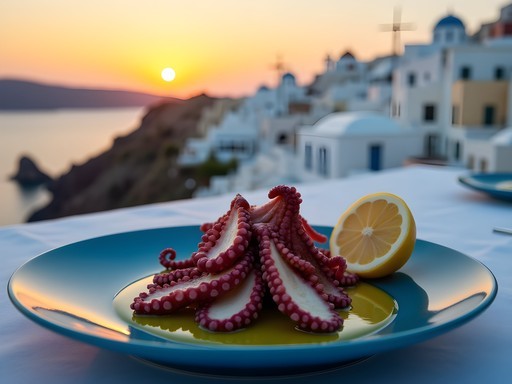
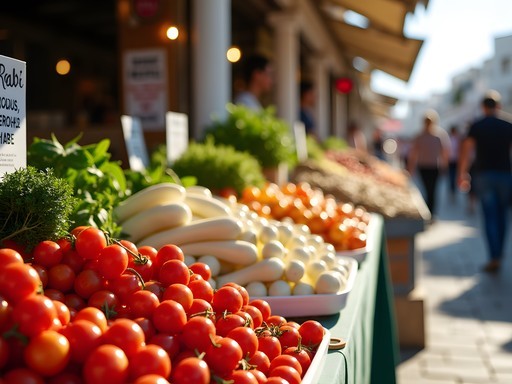
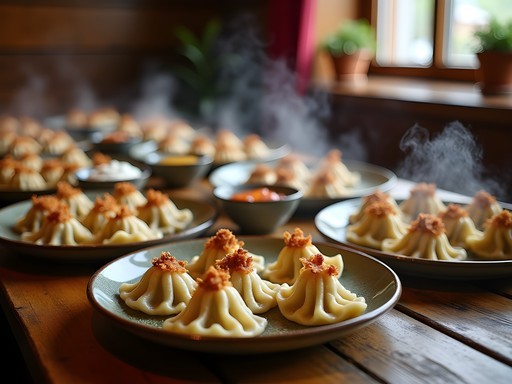
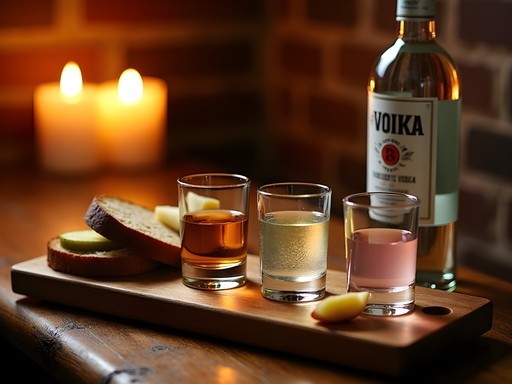







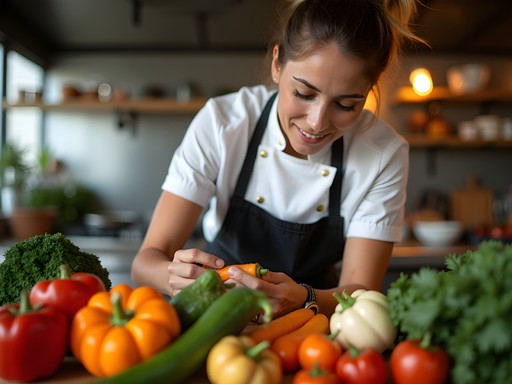

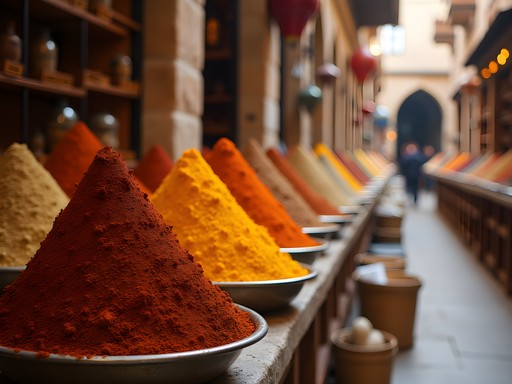
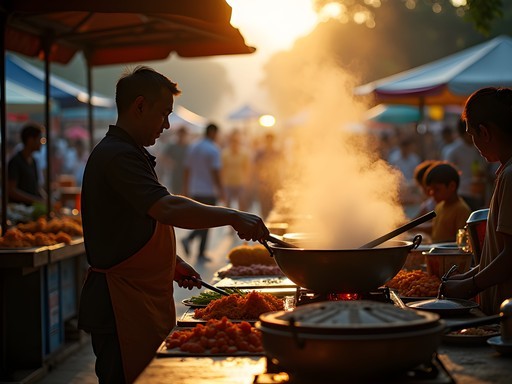
Comments
BackpackBuddy
Great post! Bookmarking this for my Europe trip next summer!
PolishPrincess
If you're in Krakow, definitely try oscypek (smoked sheep cheese) from the street vendors in the main square! Best with cranberry sauce. And zapiekanka in Kazimierz at night after bar hopping!
wildlife
Omg yes the zapiekanka at 2am is basically a religious experience 😂
FoodieTraveler
Those sunset pics from Santorini are STUNNING! 😍
TravelDreamer92
Going to Santorini next month! Any specific restaurant recommendations that won't completely destroy my budget?
Riley Griffin
Try Metaxi Mas in Exo Gonia - amazing food, reasonable prices, and locals actually eat there! Book ahead though. Also the gyros places in Fira away from the caldera view save you €€€ but taste incredible!
TravelDreamer92
Thanks so much! Adding these to my list right now!
Taylor Moreau
Excellent culinary comparison, Riley. I've been to both destinations multiple times for business and can confirm your observations are spot on. In Santorini, I would add that booking restaurants with caldera views requires significant advance planning during peak season - I typically secure reservations 2-3 months prior. For Krakow, I found the food tours around Kazimierz particularly enlightening for understanding Polish-Jewish culinary history. I always carry my pocket translator in Eastern Europe - invaluable for deciphering those neighborhood restaurant menus where the real culinary treasures hide.
Riley Griffin
Great point about advance reservations in Santorini, Taylor! And I completely missed the Kazimierz food scene - definitely adding that to my follow-up trip. Thanks for the insights!
wildlife
This post hits so close to home! Did almost the exact same trip last year and the food contrast is WILD. Santorini's tomato fritters blew my mind (that restaurant on the cliff in Oia, you know the one!). And then Krakow's pierogi... omg I still dream about them. The milk bar you mentioned saved my wallet after Santorini prices lol. Did you try that underground vodka cellar near the main square? They had like 100 flavors!
Riley Griffin
Yes! That vodka cellar was incredible - I tried the honey pepper one and nearly fell over. Glad you found the milk bars too - absolute lifesavers after Santorini prices!
wildlife
Honey pepper was my favorite too! Did you ever make it to that little bakery behind St. Mary's Basilica? Those obwarzanki things were my breakfast every morning!
winterclimber
Just got back from Krakow two weeks ago! If you're going, don't miss the Zapiekanka at Plac Nowy in the Jewish Quarter - giant toasted baguettes with toppings for like $3. Way better drunk food than the kebabs everyone lines up for! Also, the vodka tour Riley mentioned was actually really educational, not just about getting wasted. They explain all the different flavors and production methods.
moonbuddy
Those zapiekanki are the BEST! I still crave them randomly.
Sophia Gomez
Riley, your post resonated with me so much! I did a similar trip last year for a business conference in Warsaw and extended it to include Krakow and then Santorini. The culinary whiplash was real! One day I was warming up with rich żurek soup in a bread bowl, and a week later I was cooling down with tzatziki and fresh fish. For anyone planning this combo trip, I'd recommend packing a travel journal to record all the amazing flavors - I filled mine with food notes, restaurant cards, and even pressed herbs from both destinations. The contrast between Krakow's underground cellar restaurants and Santorini's cliff-edge dining experiences still gives me goosebumps!
travellover
Those sunset pics from Santorini are making me hungry and jealous at the same time!
smartwalker4310
Great post! I'm planning to visit Santorini next summer. How did you handle the crowds at restaurants? Any specific places that were worth the wait? Also curious about how you traveled between the two cities - direct flight or did you stop somewhere in between?
Sophia Gomez
Not Riley, but when I was in Santorini last year, I found eating slightly earlier than the local dinner rush (around 7pm instead of 9pm) helped avoid the worst crowds. Metaxi Mas in Exo Gonia was absolutely worth any wait though!
Venture X
Premium card with 2X miles, $300 travel credit, Priority Pass